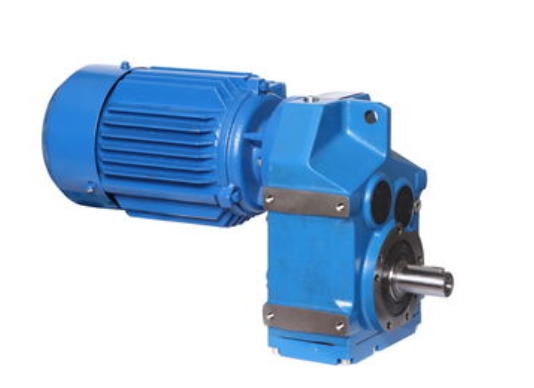
Parallel shaft gearbox is a widely used mechanical transmission device in the industrial sector, designed to reduce the output speed of electric motors while increasing torque. This type of gearbox features a unique design and a compact structure, making it applicable across various industries and mechanical equipment. The following is a detailed introduction to the parallel shaft gearbox.
Structure and Working Principles:
The main components of a parallel shaft gearbox include gears, shafts, housing, and a lubrication system. Its operation is based on the fundamental principles of gear transmission, where the interaction of gears determines the adjustment of speed and torque between the input shaft (usually connected to the electric motor) and the output shaft.
-
Gearing Components: Common gears in parallel shaft gearboxes include worm gears, worm wheels, spur gears, among others. Their combination and meshing form an efficient transmission system.
-
Transmission Ratio: By adjusting the number and size of different gears, various transmission ratios can be achieved. This determines the relationship between input and output speeds and the corresponding increase in output torque.
-
Housing: The housing serves as the external protective structure of the gearbox, providing mechanical support and shielding internal components from external environmental factors.
-
Lubrication System: To ensure smooth operation of the gears and reduce friction losses, parallel shaft gearboxes are typically equipped with a lubrication system to maintain optimal lubrication for internal components.
Advantages and Characteristics:
-
High Efficiency: Parallel shaft gearboxes employ a precise gear transmission system, resulting in high rotational efficiency and effectively reducing the high-speed rotation of the input electric motor.
-
Compact Structure: Due to its parallel shaft design, the gearbox has a compact structure, occupying minimal space. This feature is well-suited for applications in limited space environments.
-
Reliability: The simple and stable structure of the gearbox, along with uniform meshing between components, enhances overall reliability and lifespan.
-
High Torque Output: Parallel shaft gearboxes can transform the high-speed, low-torque output of an electric motor into a low-speed, high-torque output, meeting the diverse requirements of different industrial equipment.
-
Versatile Applications: Widely used across industries, parallel shaft gearboxes find applications in manufacturing, chemical processes, food processing, pharmaceuticals, and more, driving various types of machinery.
Application Fields:
-
Manufacturing Industry: In production lines, parallel shaft gearboxes are commonly used to drive conveyors, mixers, and other equipment, facilitating smooth transitions between different stages of a manufacturing process.
-
Food and Beverage Industry: Used to drive mixers, conveyors, and packaging machinery, ensuring the efficient processing of food products.
-
Chemical Industry: Parallel shaft gearboxes are employed in stirring reactors, lifting equipment, and other operations requiring high torque output.
-
Pharmaceutical Manufacturing: Utilized in driving pharmaceutical production equipment, ensuring high precision and reliable operation.
-
Energy Sector: In wind and solar power generation, parallel shaft gearboxes are used to convert the high-speed rotation of wind turbines and solar panels into a more suitable low-speed, high-torque rotation for generators.
In conclusion, parallel shaft gearboxes play a crucial role in the industrial sector, thanks to their efficiency, reliability, and versatility, contributing to the sustainable operation of various mechanical equipment.
 English
English Deutsch
Deutsch Русский
Русский Español
Español
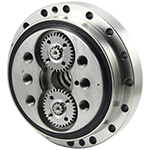
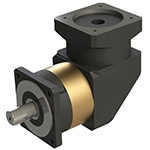
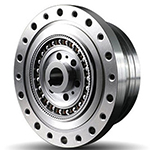
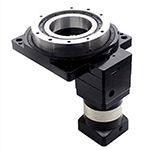
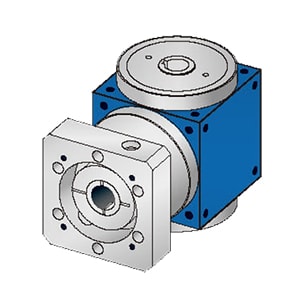
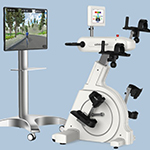
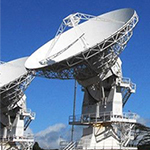
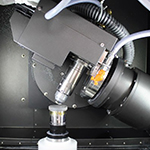
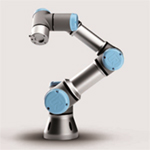
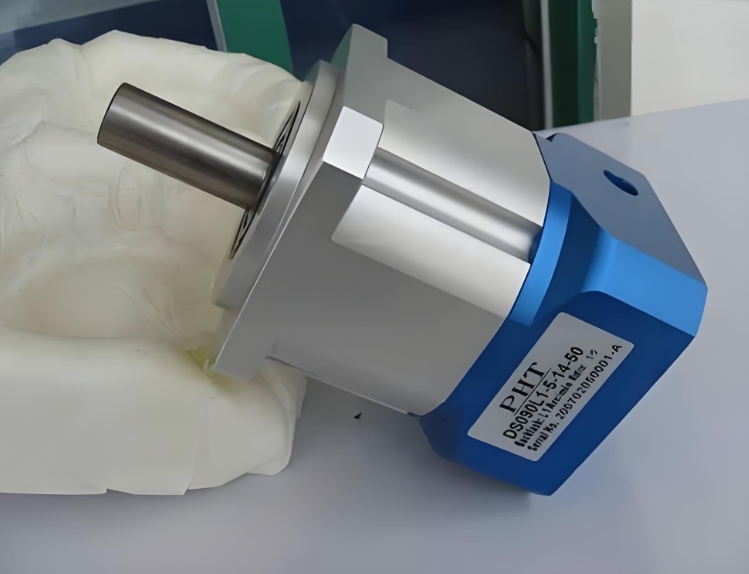
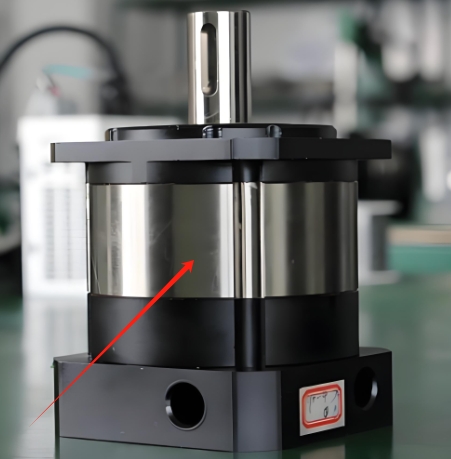
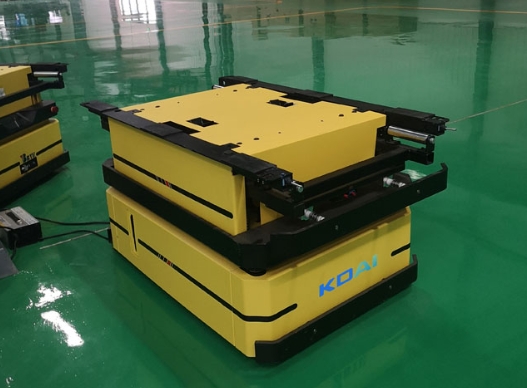
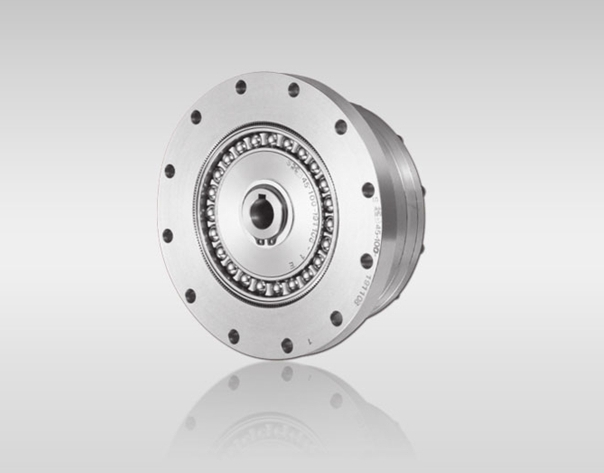
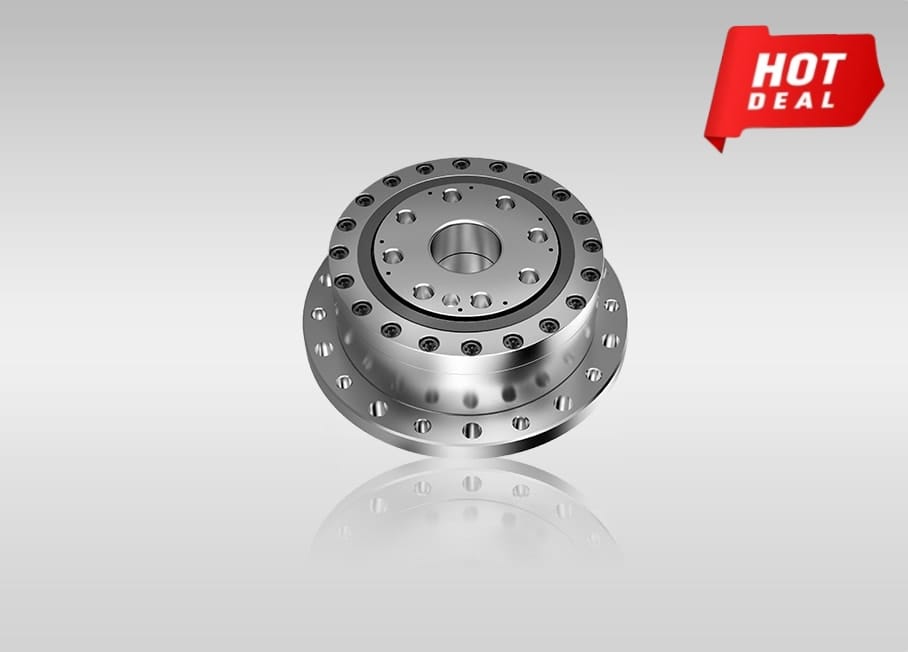
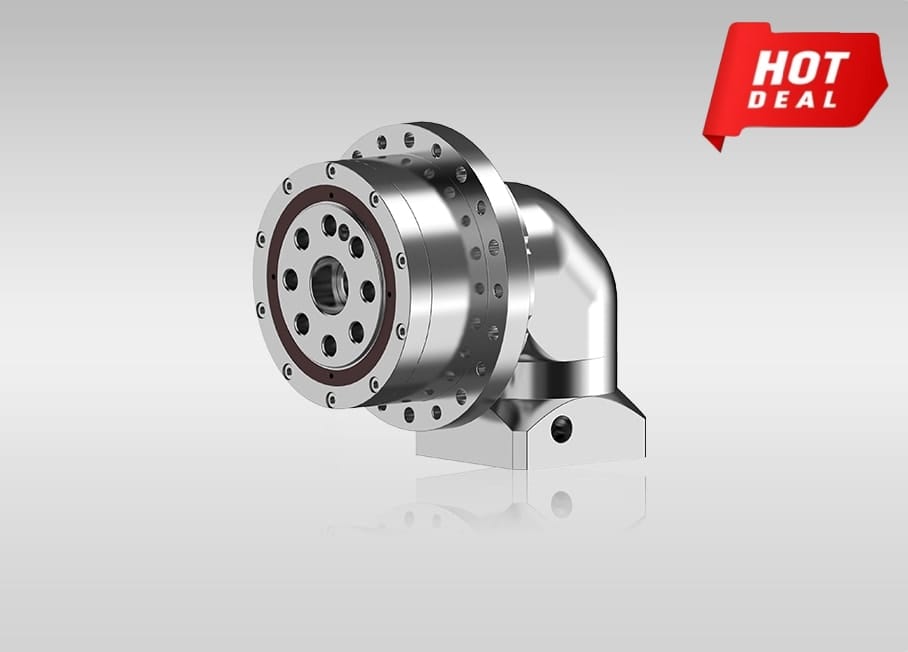
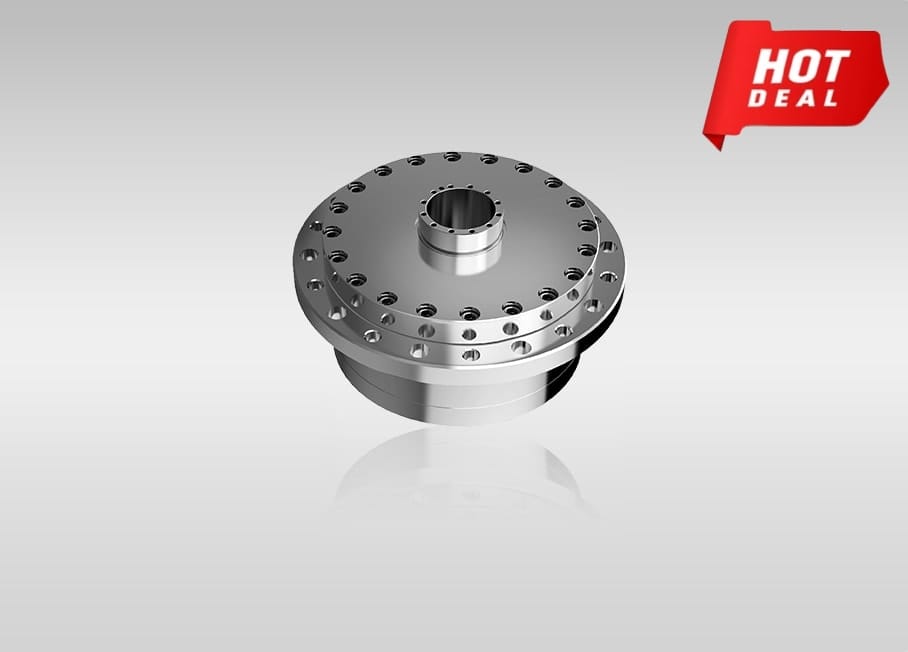
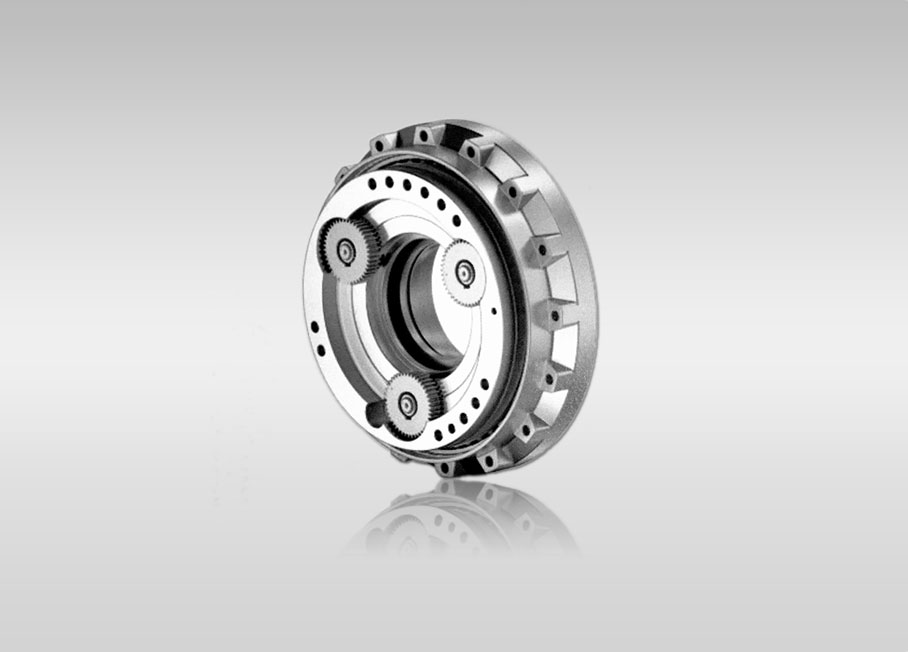
Quote Now